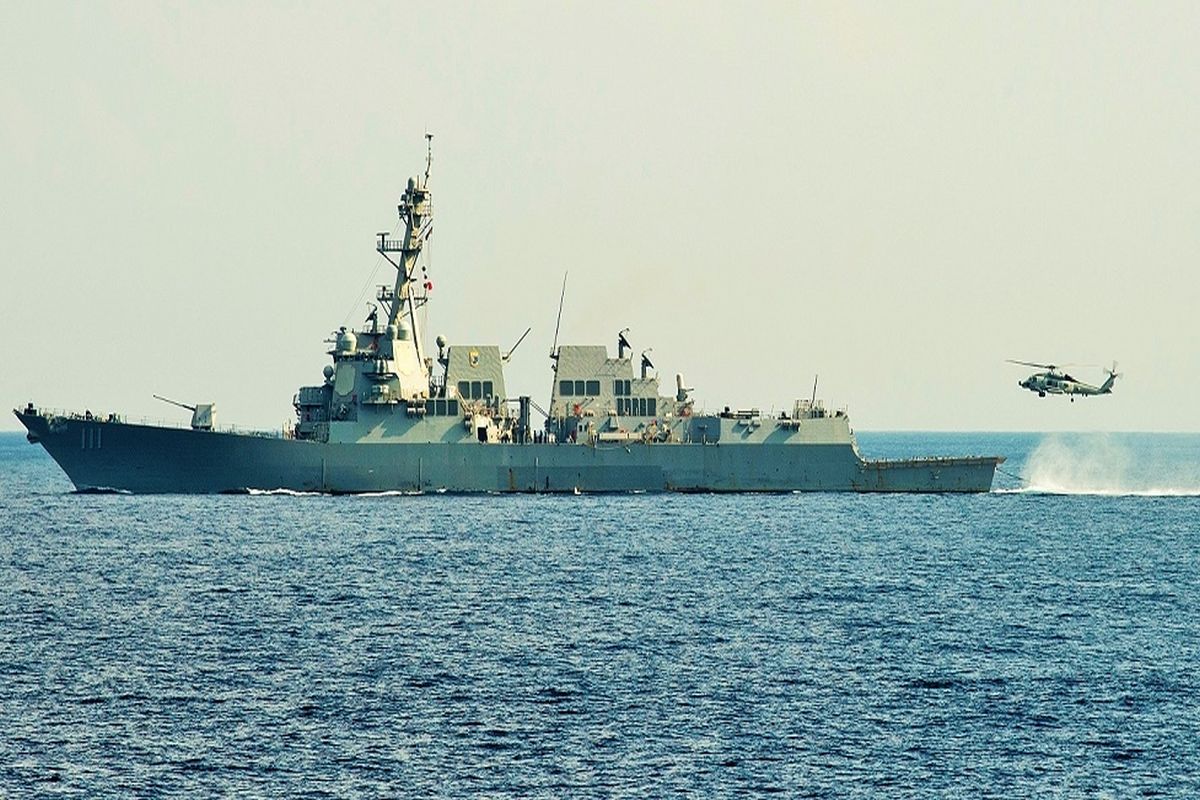Naval base
In a move that reverberates across the geopolitical chessboard, India has inaugurated a new naval base on Minicoy Island in Lakshwadeep, near the Maldives.
New Delhi’s plans to build India’s first overseas military base are proceeding apace, according to an update on a leading web portal.

Representational image (Photo: US Navy/IANS)
New Delhi’s plans to build India’s first overseas military base are proceeding apace, according to an update on a leading web portal. The agreement to set up the base in Agalega, Mauritius, in the Indian Ocean off the east coast of Africa, was signed in 2015 during Prime Minister Modi’s visit to that country. Work started on the base in 2019. The latest satellite images show the construction of a 10,000-foot runway with hangars large enough to accommodate the Indian Navy’s P- 8I submarine-hunting aircraft which some experts say will be stationed on the Agalega military base. The construction of a jetty for naval vessels is also ongoing. The military base is expected to be an essential component of India’s power projection in the Indian Ocean region which is seen as one where the power asymmetry between China and India is still not unbridgeable. India’s strategic allies, in particular France and the USA, are also thought to be on board. In fact, according to media reports, one of India’s P-81s is deployed on Reunion Island, a French overseas territory in the Indian Ocean, on a joint surveillance mission.
The establishment of a foreign base by India is significant both in terms of granular military detail and the larger strategic calculus. It signifies a long overdue baring of its teeth, as it were, by the country. China has in recent years invested heavily in curbing India’s influence in South Asia ~ Nepal, Bangladesh, Sri Lanka and, of course, Pakistan has been assiduously wooed by Beijing. The Chinese also enhanced their strategic footprint in the Indian Ocean region with the establishment of their first foreign military base located in Djibouti, on Africa’s east coast, in 2017. Beijing’s plans to deploy its nuclear submarines and aircraft carriers in the Indian Ocean are no secret and the logistics/infrastructure required to do so on a sustainable basis are very much in the works.
That New Delhi is doing likewise is a welcome move given India’s failure till a decade or two ago to counter Beijing’s ‘forward posture’ along the two countries’ land border in the Himalayas. But considering China’s economic-military heft, going toe-to-toe in the Indian Ocean region with the world’s second-most powerful country may not have the desired effect unless New Delhi combines this move with a policy that also seamlessly projects Indian soft power, where it has a distinct advantage over its northern neighbour.
Advertisement
Lastly, the Indian foreign policy establishment must factor in the blowback from its adversaries ~ and the concessions which will be demanded by its allies ~ as it embarks on this journey of adding an extra-territorial dimension to its power- projection matrix. The government would do well to prepare the Indian people for this brave new world too.
Advertisement